In modern industrial and construction machinery, the Slewing Drive is a critical component. It converts axial motion into rotational motion, enabling precise rotation and high torque output. The two most common types are Industrial Hydraulic Slewing Drive and Electric Slewing Drive. But in the field of heavy-duty machinery, which one performs better?
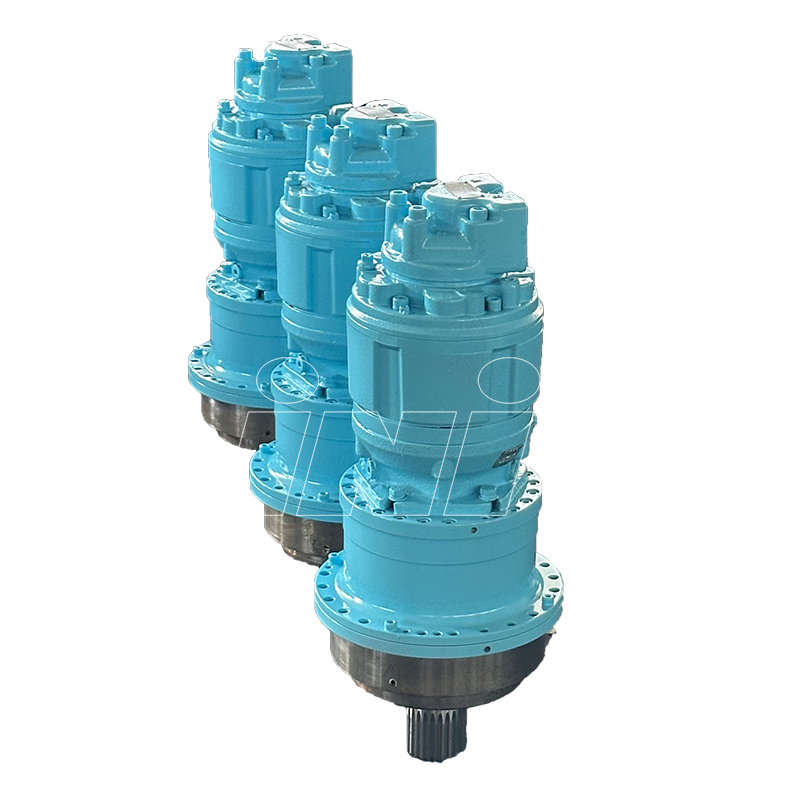
What Is an Industrial Hydraulic Slewing Drive?
Definition and Working Principle
An Industrial Hydraulic Slewing Drive is a rotary drive powered by a hydraulic motor. Its core structure includes a hydraulic motor, slewing bearing, planetary reducer, and hydraulic control system. High-pressure hydraulic oil drives the motor, and the reduction gear transmits motion to the slewing bearing, achieving stable rotation.
Key Application Fields
- Construction Machinery: excavators, tower cranes, concrete pump trucks
- Wind Power Generation: blade pitch and yaw systems
- Port and Mining Equipment: loaders, heavy conveyors
Advantages and Features
- High Torque Output: suitable for extremely heavy loads and shock conditions
- Adaptability to Harsh Environments: performs well in variable temperatures, humidity, and dusty conditions
- Long Service Life: stable and reliable under proper maintenance
What Is an Electric Slewing Drive?
Definition and Basic Structure
An Electric Slewing Drive relies on an electric motor to provide power, which is transmitted through a reducer and slewing bearing. Unlike hydraulic systems, it does not require pumps or hydraulic oil, but instead directly uses electric energy for rotation.
Typical Application Scenarios
- Solar PV Tracking Systems: adjusting solar panel angles with precision
- Light-Duty Machinery: small cranes, service robots
- Industrial Automation: packaging machinery, testing devices
Advantages and Features
- High Control Accuracy: supports encoders and PLCs for precise positioning
- Low Maintenance: no hydraulic oil or complex pipelines required
- Eco-Friendly and Energy-Efficient: high energy efficiency, meeting green manufacturing trends
Core Comparison: Hydraulic vs. Electric Slewing Drive
Performance Comparison
The table below summarizes the differences between Hydraulic and Electric Slewing Drives across multiple dimensions:
| Comparison Aspect | Hydraulic Slewing Drive | Electric Slewing Drive |
|---|---|---|
| Torque Output | High, ideal for heavy-duty and impact conditions | Medium, suitable for light-duty and smaller equipment |
| Control Accuracy | Lower, some delay due to hydraulic response | Higher, suitable for precision applications |
| Maintenance Cost | Higher, requires oil replacement and pipeline checks | Lower, mainly motor and control system maintenance |
| Energy Efficiency | Lower, consumes more energy | Higher, aligns with energy-saving requirements |
| Best Application | Construction machinery, port equipment, wind turbines | PV systems, automation equipment, light-duty machinery |
Further Analysis
- Hydraulic drives excel in “power and durability,” especially under shock loads and heavy torque requirements.
- Electric drives specialize in “precision and efficiency,” performing better in automation and lightweight applications.
Which Is More Suitable for Heavy-Duty Machinery?
Why Hydraulic Wins for Heavy Loads
For heavy-duty machinery such as excavators, mining rigs, and tower cranes, torque and reliability are the top priorities. Hydraulic Slewing Drives stand out because:
- Provide larger torque reserves and withstand sudden shocks
- High strength and durability under demanding conditions
- Perform reliably in harsh environments like high temperature, dust, and humidity
Limitations of Electric Drives
While electric drives are more energy-efficient, their load-bearing capacity is relatively limited. In heavy-duty conditions, motors and reducers can easily face overload or reduced efficiency. Therefore, Hydraulic Slewing Drives are better suited for heavy machinery.
Market Trends and Purchasing Recommendations
Market Development Trends
- Hydraulic Drives: will remain dominant in construction and energy industries but will gradually move toward energy-saving hydraulic systems.
- Electric Drives: will continue to expand in PV and automation sectors as motor and control technology advances.
- Electro-Hydraulic Integration: combining both technologies, is expected to be a future trend.
Purchasing Advice
- Construction and Heavy Equipment Users: choose Hydraulic for high torque and durability.
- PV and Automation Users: choose Electric for lower energy consumption and easy maintenance.
- Hybrid Applications: consider electro-hydraulic solutions for balanced performance.

 ENG
ENG
 English
English русский
русский Español
Español
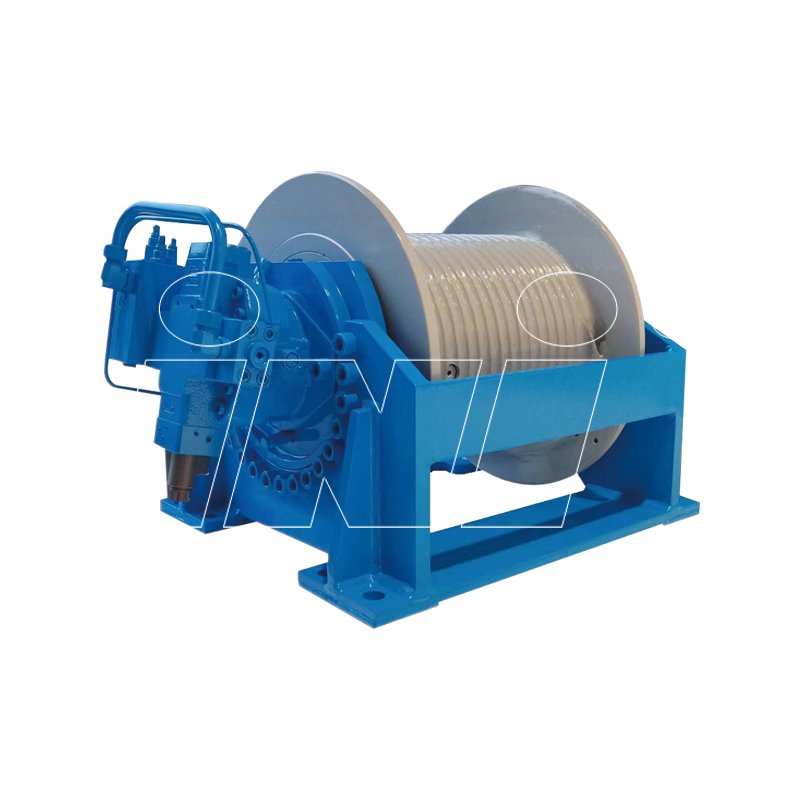
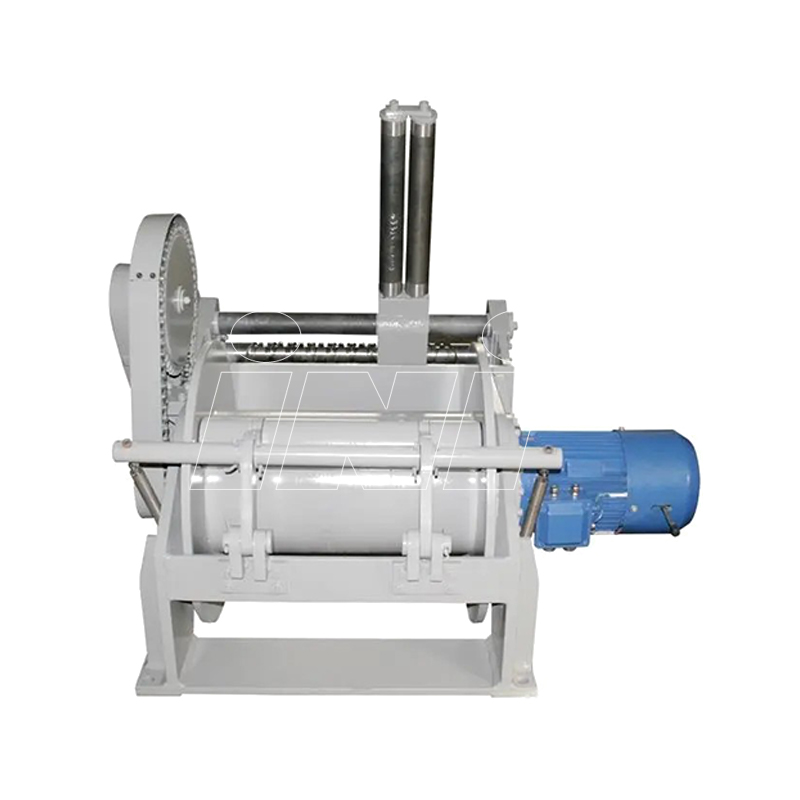
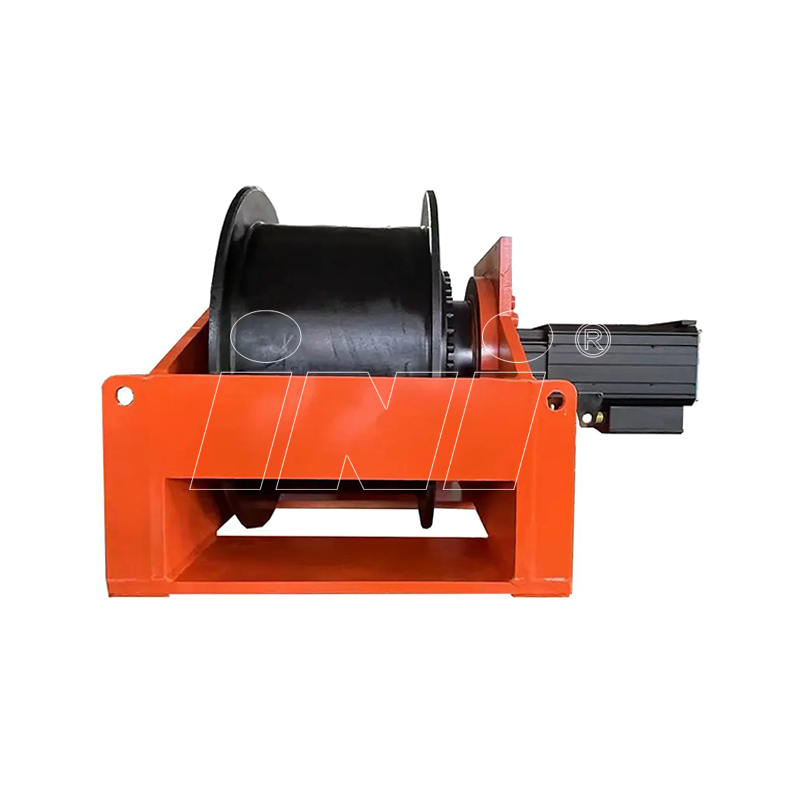

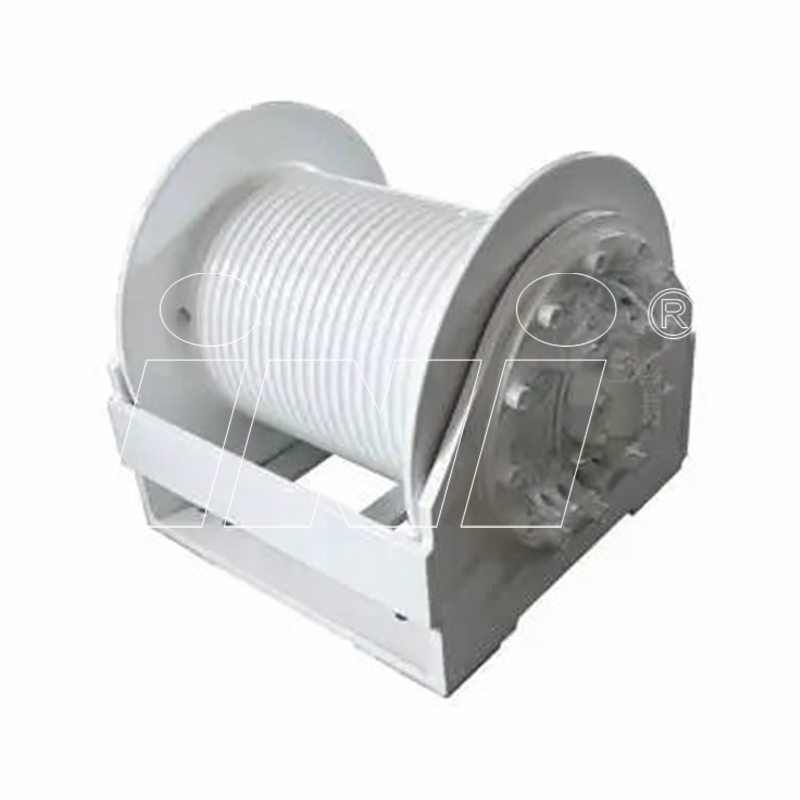
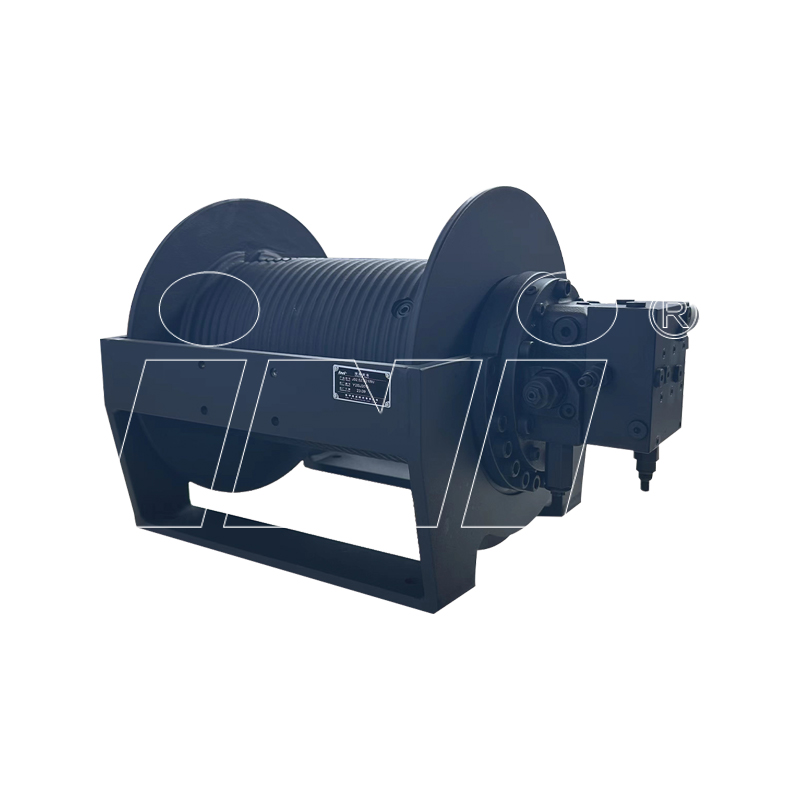
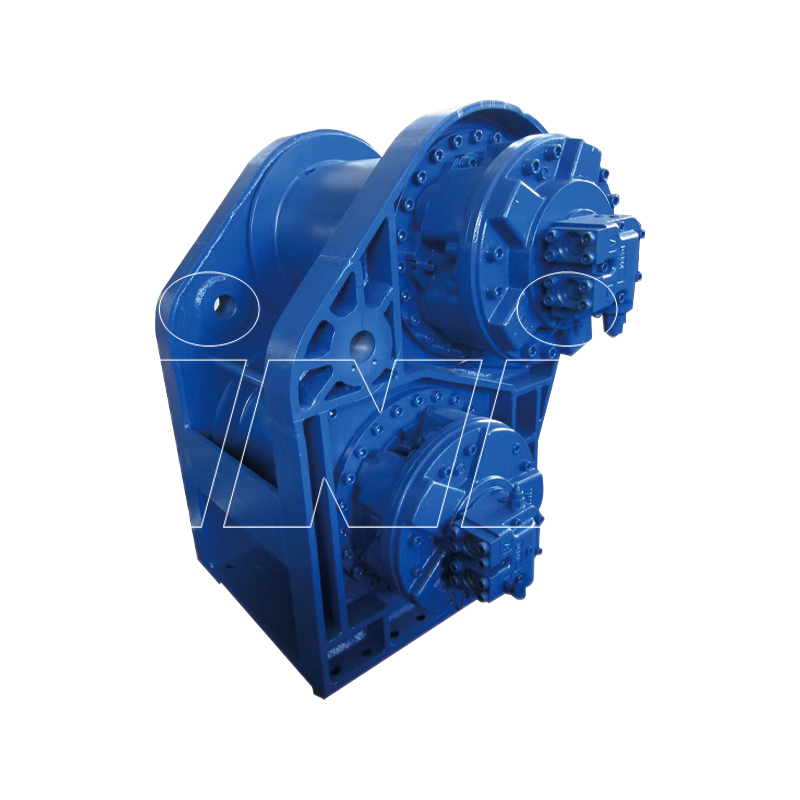

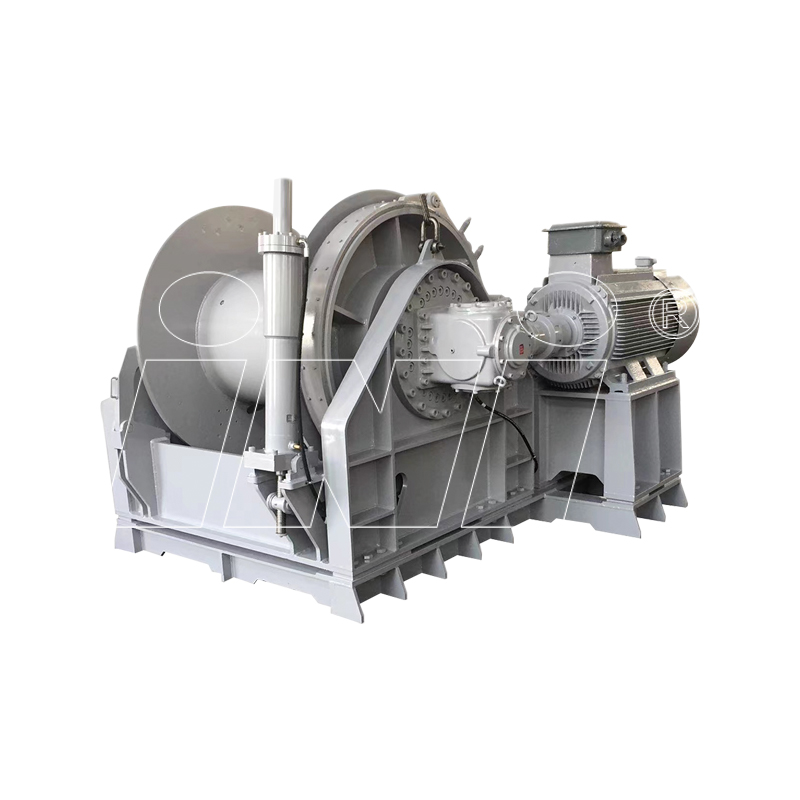

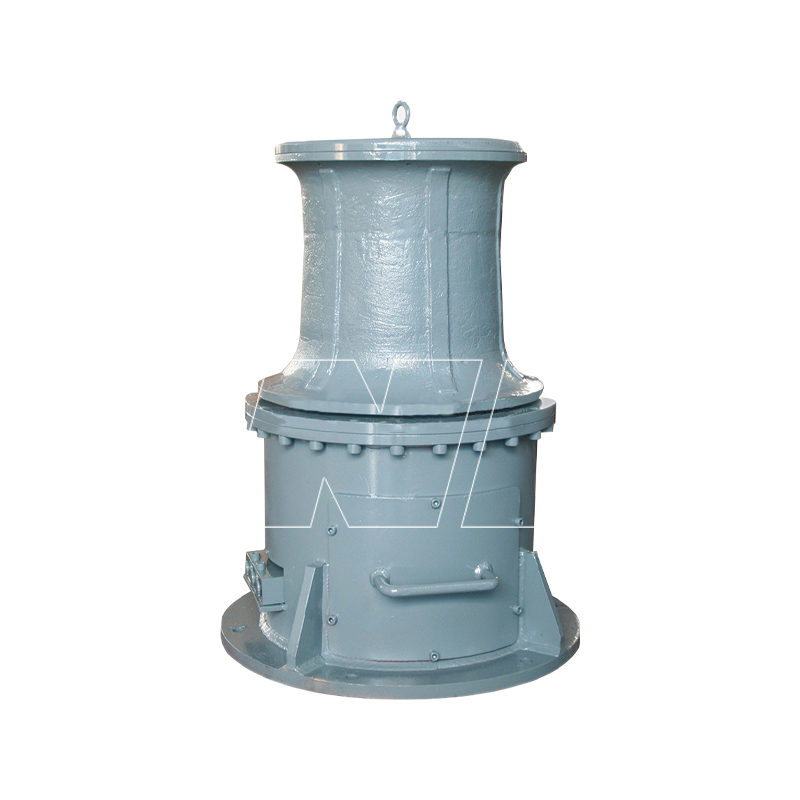
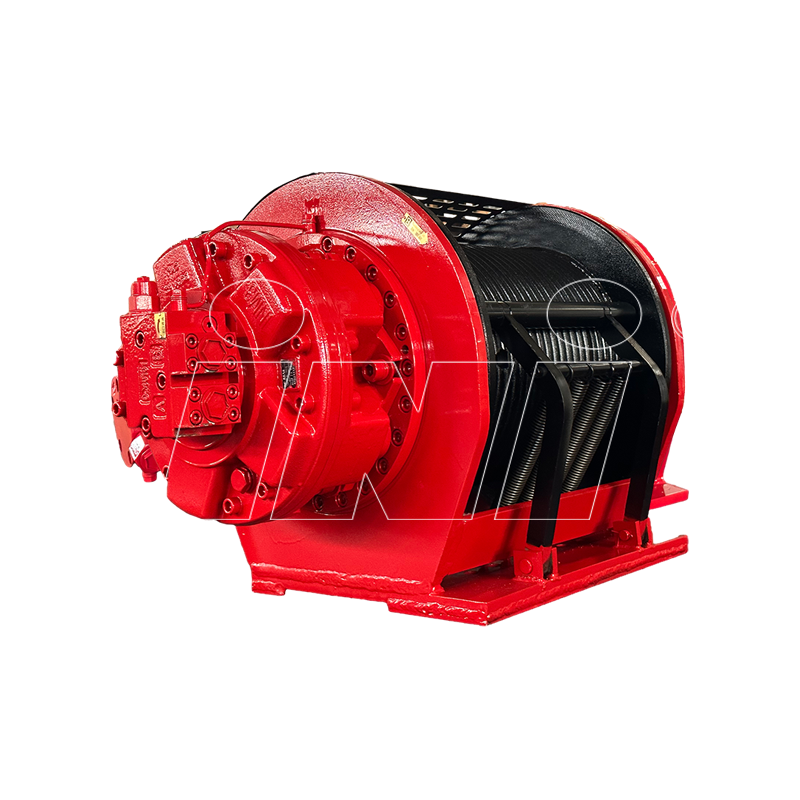
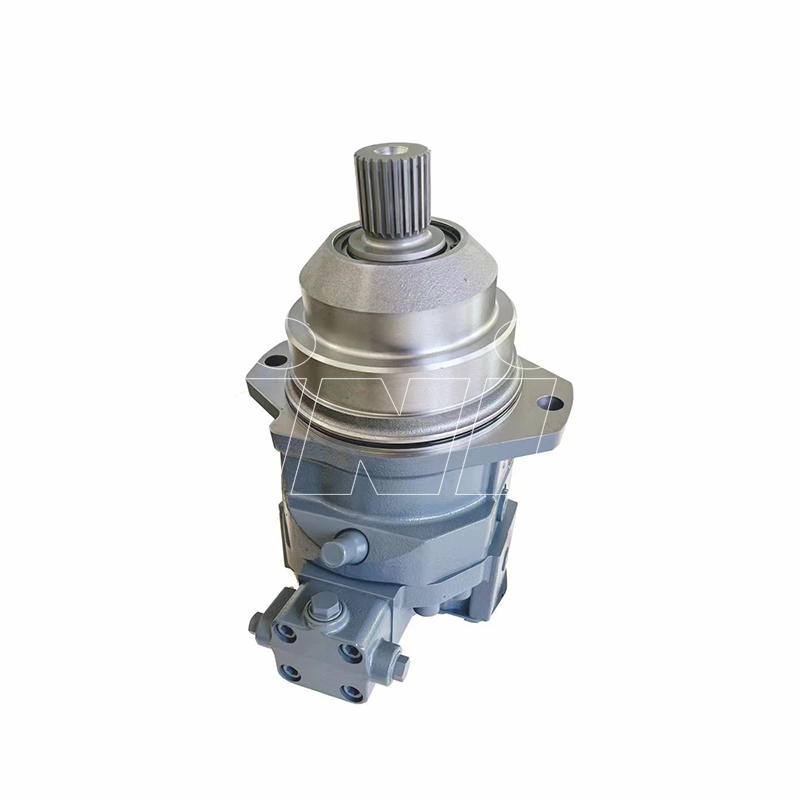

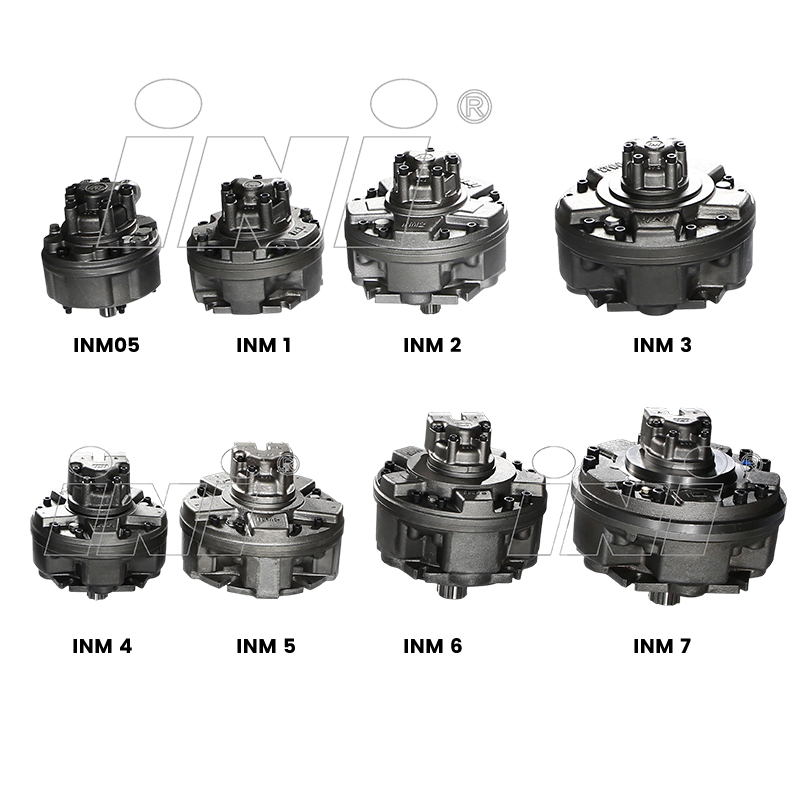

 English
English русский
русский Español
Español
 TOP
TOP